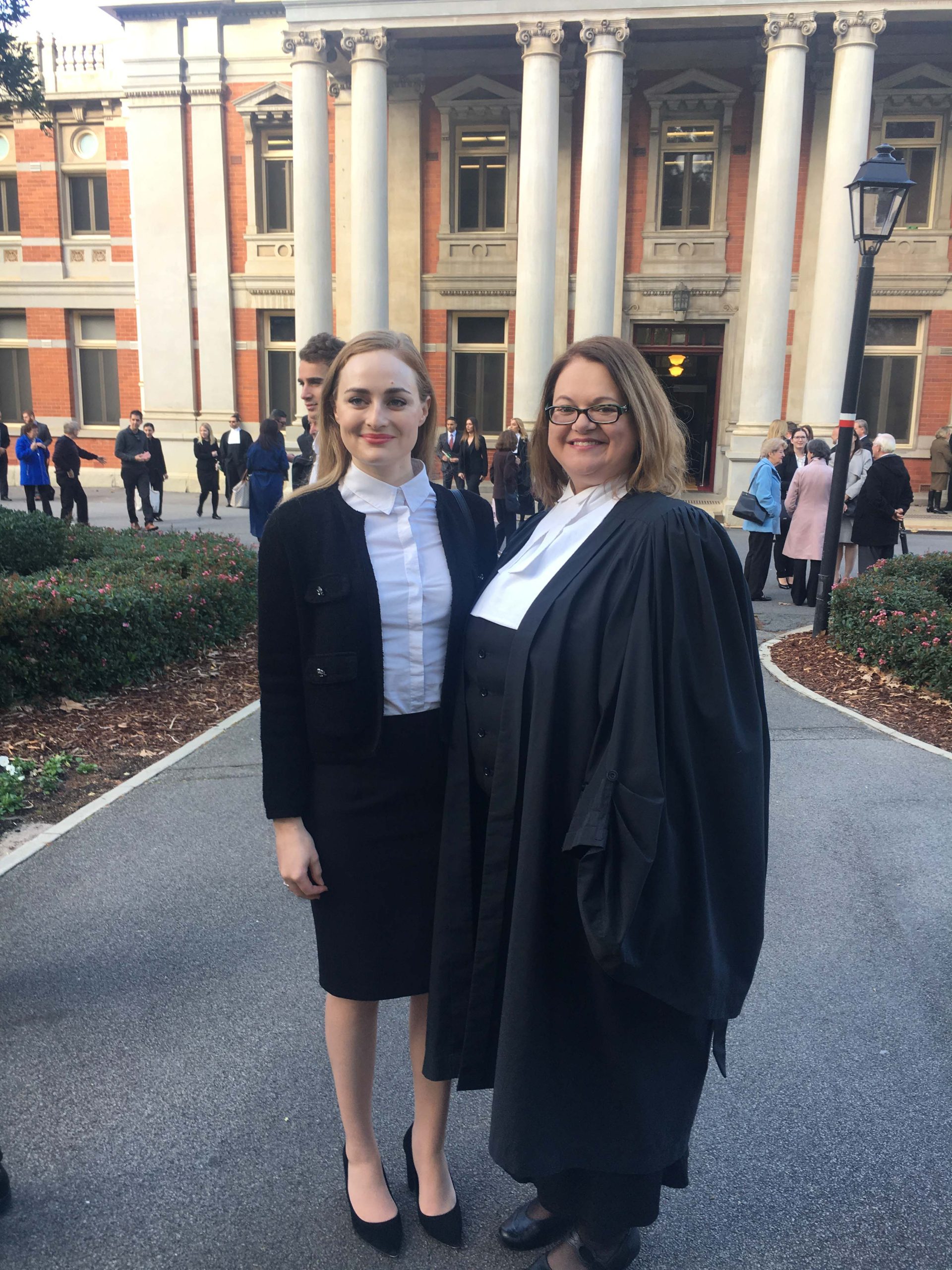The Aged Care Taskforce may sound like a sect of TRG Police that raid the occasional retirement home, however since their establishment in June 2023 following the Royal Commission into Aged Care Quality and Safety, their goal was to review funding arrangements for aged care and develop options for a system that is fair and equitable for everyone. On 12 March 2024, the Taskforce published their final 64-page report which makes 23 recommendations relating to:
- Supporting older people to age in place
- Equitable and sustainable funding
- Quality, innovation and transparency
This article aims to provide a synopsis and insight as regarding some of the Taskforce’s recommendations regarding Refundable Accommodation Deposits.
What is a Refundable Accommodation Deposit (“RAD”)?
To fully understand the report and this article, it is important to understand what “RAD” and “DAP” stand for.
A “RAD”, or Refundable Accommodation Deposit, is when the full amount required for a persons accommodation and care over a certain amount of time is given to the aged care facility upon the persons entry. When the person leaves the facility, their RAD is given back, or if the person has passed away, it forms part of their estate.
“DAP” stands for Daily Accommodation Payment (“DAP”). Under this arrangement a person pays non-refundable amounts on a regular basis, similar to a rental agreement.
RADs and DAPs are not mutually exclusive, and it is up to the discretion of the person and/or their family as to whether they wish to pay on the basis of a RAD, DAP or combination. RADs are generally more desirable but are not always financially viable for residents.
Moving away from RADs
The Taskforce recommended that following an independent review in 2030, RADs are phased out by 2035, making aged care costs simpler and more equitable for residents. After 2035, all incoming residents will pay using a rental model, making the cost to residents simpler and more consistent.
Issues surrounding the equity of RADs arise due to the fact that “wealthier residents who can afford a RAD receive their deposit back in full when they leave care and therefore make no direct contribution to their accommodation costs, while DAP payers make a significant annual contribution.” Rather than directly charging the resident, facilities will invest their RAD and earn a return which covers their accommodation cost. Much like how a bank will hold your funds for free, as they loan them out and invest them elsewhere to make a return instead.
Among other safeguards for the short term, the Taskforce recommended that providers retain up to 3% of a resident’s RAD per year they are in care, to ensure that they continue to receive funding during the transition to a rental model.
Switching to a rental model will also give providers better certainty surrounding their cash-flow and aid them in providing better service to regional and remote communities. As the investment of a resident’s RAD is only possible while they remain at the facility, uncertainty is created for potential investors. If a resident leaves or passes away quicker than projected, the facility cannot derive the same benefit from their investment. Currently this means that regional facilities struggle to obtain funding as their profitability is less certain as accommodation can remain vacant for longer periods, often leaving people who live remote struggling to find care close to family and community.
To further decrease the inequity created by the different wealth levels of people entering aged care, the Taskforce has recommended greater contributions be made by wealthier residents to offset the amount contributed by the government to subsidise the costs of residents with lesser means. As it stands, government funding currently makes up around 75% of the total costs of residential aged care funding. Given that the wealth and financial pressure on many older people is significantly lower than that on many working age people, the Taskforce has suggested that although government support will always be there for those who need it, those that do not need it should make increased contributions. This recommendation is especially positive for the working-age population, as it helps to avoid the introduction of a tax levy to support the sector while maintaining its viability and quality care of older generations.
About the Authors: This article has been co-authored by Sam Richardson and Steven Brown. Sam undertook his studies at Murdoch University fresh out of high school in 2020 at 17 years old, keen to pursue and interesting and challenging career. Since November of 2022, he has been with Lynn and Brown as a clerk but following the conclusion of his studies, he will be staying with our Wills and Estates team as a Law Graduate. Steven is a Perth lawyer and director, and has over 20 years’ experience in legal practice and practices in commercial law, dispute resolution and estate planning.
















